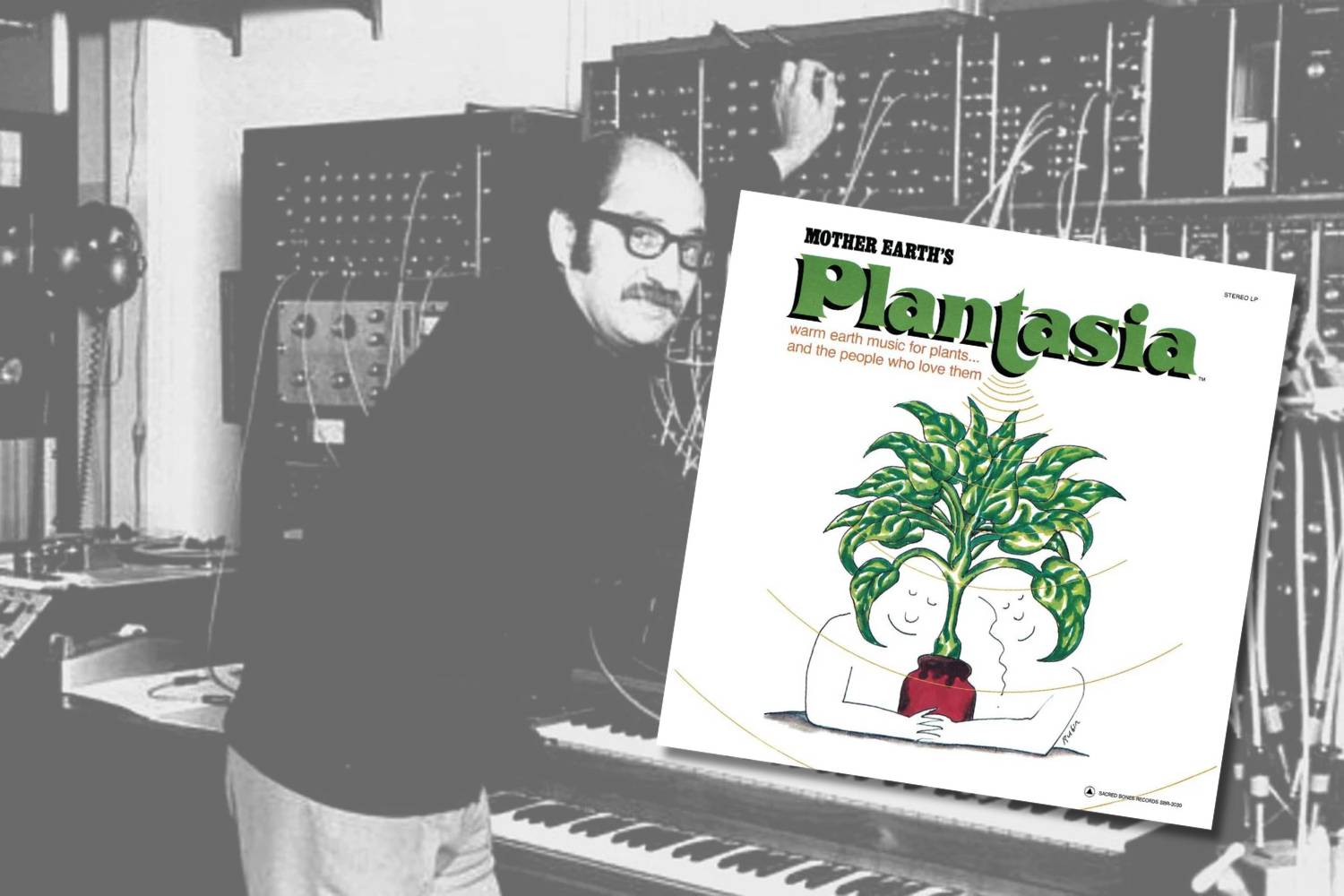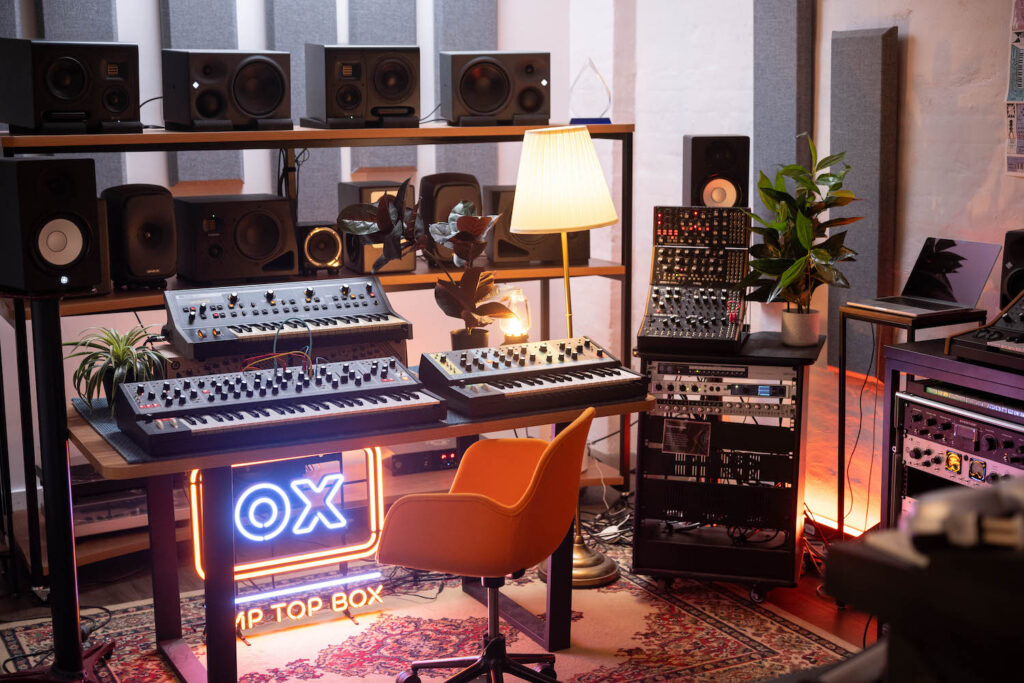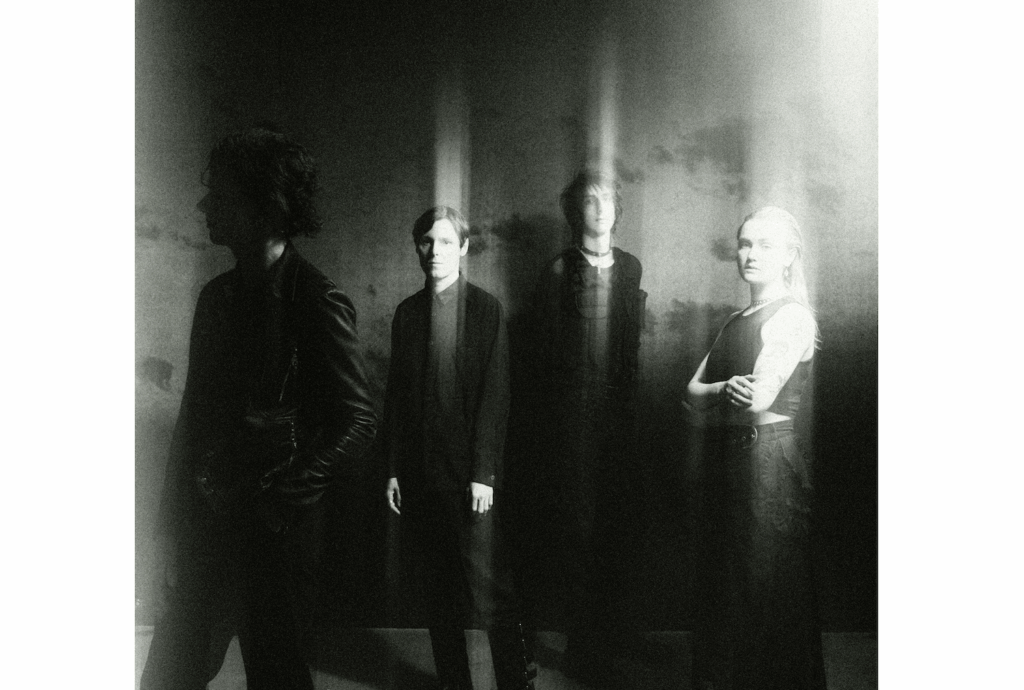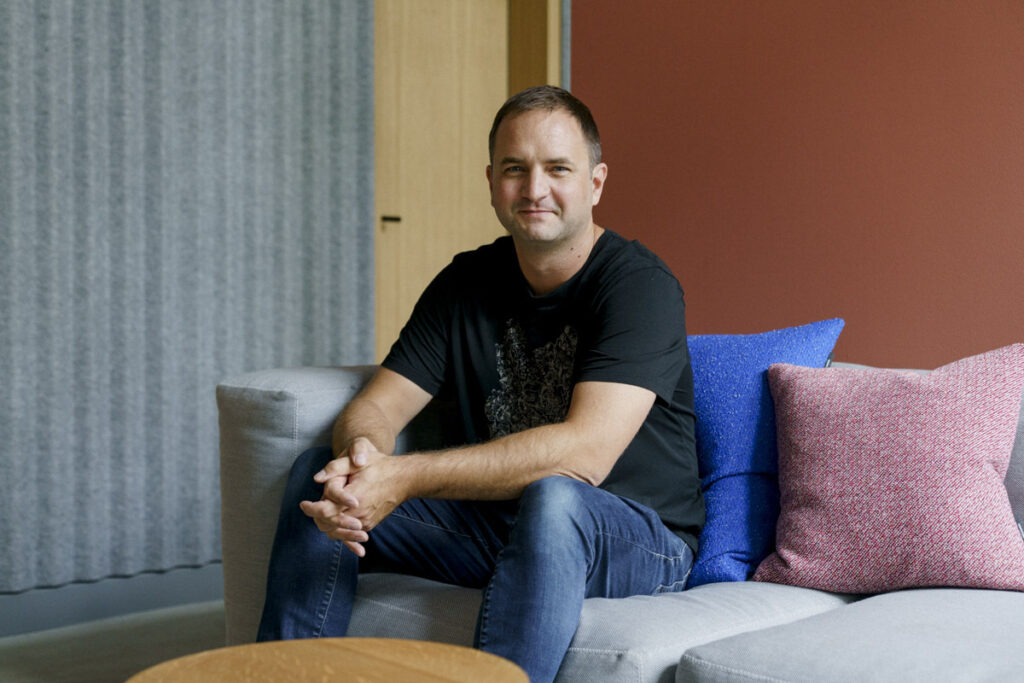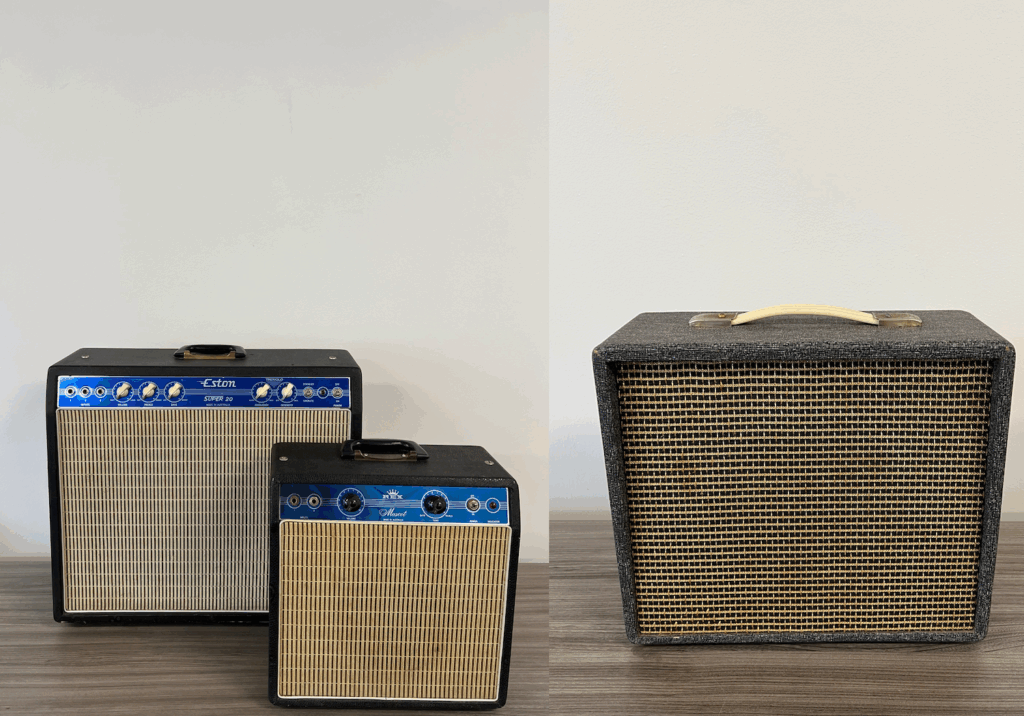Having already worked with the likes of Cliff Richard, Doris Day and Brenda Lee, in 1967 Mort Garson abandoned a promising career in pop music and instead dedicated the remainder to pioneering album length compositions on Moog modular synths.
Over four decades after its release, Mort Garson’s 1976 experimental epic Mother Earth’s: Plantasia has blossomed onto our list of cult classics. A self-proclaimed album of ‘warm earth music for plants… and the people who love them’.
Plantasia
The album was co-conceived and sold by Mother Earth Plant Boutique shop owners Joel and Lynn Rapp whom wrote an accompanying booklet on caring for houseplants. Other copies were only ever available with the purchase of a Simmons mattress from Sears – make of that what you will.
Fast-forward to today where thanks to vinyl crate diggers and YouTube’s algorithm the album’s popularity has soared. Original vinyl pressings of Mother Earth’s: Plantasia have sold for up to $600. Garson’s bubbly melodies are reminiscent of a certain sentimental playfulness. Fortunately, thanks to Sacred Bones Records, copies are a little easier to come by after its reissue earlier this year.
Even more fortunate for some of Melbourne’s own inner city lefties – in 2019, Sydney based producer and multi-instrumentalist Anatole teamed up with projectionist Carla Zimbler to perform a unique live reinterpretation of Garson’s record; a night devoted to plants, science, light and sound.
We had the chance to chat with Jonathon Baker, AKA Anatole, back in 2019, before one of the shows to discuss his upcoming performance and the recent release of his debut album Emulsion.
A pioneer in his own right, Baker simultaneously pushed the boundaries of acoustic and electronic music. His solo sets feature live keys, trumpet, flute and vocals accompanied by powerful driving beats and carefully layered synths, turning ambient mixes into club bangers with ease.
Dubbing Plantasia as “everyone’s secret favourite”, Baker was keen to jump on board after Plant Life Balance approached him with “pretty much the perfect gig”.
Having been the first time reworking an entire album he decided not to perform a stock standard start to finish rendition.
“I’m reinterpreting what the album means, using the themes of the record, taking different pieces and infusing my own stuff; live sets for me there’s a lot of improvisation.”
Numerous research projects have concluded positive associations between classical music, nature sounds and plant growth. In particular, there has been evidence of plants redirecting their roots in response to the sound of running water. Although no scientific method was performed in the making of Mother Earth’s: Plantasia, Baker recognised the premise behind the album to be part of the reason for its recent cult following.
“When you listen to it with that idea in mind it’s a really cool concept that you don’t get with many albums, its such an interesting point to come from – serious but very playful.”
Baker practices a similar approach, adding that there are ambient field recordings in the background of most of his tracks – perhaps paying homage to his upbringing amongst the Blue Mountains, the result of having spent a great deal of time examining everything from the smallest of organisms to the great enormity of all things.
“It’s all about texture, all the sounds occupy a space”.
It comes as no surprise when you hear the album. It’s worth more than just one listen. First, let it wash over you before getting lost in the detail, as you follow a different thread each time – there is rarely any central melody yet Baker holds your attention with lifting flute arpeggios, intricate percussive trails and a broad list of features including a sample from Ólafur Arnalds’ Stratus pianos.
Having supported Arnalds during his recent Australian tour, Baker said the passion for music from Arnalds was incredible. Much like he mentioned that the constraint Garson set for himself in composing solely with the Moog was just as inspiring. Sometimes restricting yourself is what really makes your creativity flourish.
Listen out for the detuned viola drone midway through ‘Creature’, this spur of the moment decision came from sitting about with his friend asking, “what can your instrument do, what can my instrument do?”
“When you’ve got limitless opportunity you don’t scratch the surface. Coming from a background of classical music I really understand what practice is and I bring that into what I do.”
Preaching to keep the studio sessions simple, most of Emulsion was recorded on a Shure SM57, letting Baker focus more on his collaboration with friends. This notion of simplicity, like Garson’s own, allows electronic artists really push their respective instruments to the limits – a soothing and unique step away from the many “lone geniuses” of electronic music today as well as a testament to Baker’s own artistry.
Currently putting album number two together as well as securing a scoring deal, Baker is working hard to take things to the next level. He’s very excited to perform more with his new trio and thinking of relocating to the States to let his career flourish further. Thankfully, he’ll be setting up shop this month in Sydney for another Plantasia tribute, so make sure you keep your eyes and ears out and catch a show before we lose him overseas.
“I’m just trying to do my own things and say yes to opportunities that sound interesting” he remarks, and you can hear the energy ooze into his sweet sounds.
There’s something about the seamless unity of opposing ideas that we as listeners can sense. It’s something both Garson and Baker achieve and is perhaps the reason their music stands out.
Maybe this idea is gaining significance today as we ever realise the importance of a healthy mind. There’s no denying the benefits of listening to music with a glass of water and a quick seat in the sun – maybe it’ll help your unhappy houseplant just the same, after all it’s only your ear that limits your perception of what sound is.
Buy a copy of the original record here.
